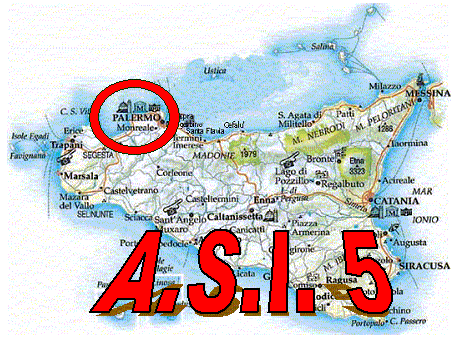A.S.I. 5
Palermo, Italy, November 5th-7th 2010
|
 The 5th International Conference, to give continuation to previous meetings:
should provide the opportunity to welcome all who wish to contribute to the development of this approach, giving them the opportunity to communicate their work to bear on theoretical issues or applications
The 5th International Conference, to give continuation to previous meetings:
should provide the opportunity to welcome all who wish to contribute to the development of this approach, giving them the opportunity to communicate their work to bear on theoretical issues or applications |
|
Origin and development of S.I.A.
Let us recall that this method of non-symmetrical
data analysis allows us to extract and structure knowledge in the form
of rules and general rules using a set of data that connects a population
of subjects (or objects) with a set of variables. This method stems from
the statistical modelling of the quasi-implication: if a given variable
or conjunction of variables "a" is noticed among the population,
then, in general, so will be variable "b". The variables referred
to can be of various types: binary, modal, numerical, interval, etc. Contrary
to the methods of symmetrical analysis based, for instance, on distance
or correlation, groups of acquired rules can lead to hypotheses of causality.
These groups are structured according to different supplementary approaches
(implicative graph, oriented hierarchy). The quantitative determination
of subjects or descriptors responsible for these structures is determined
by their contribution or their typicality. Finally, the results and their
interpretation can be readily visualized by means of the CHIC software
(Classification Hiérarchique Implicative and Cohésitive).
Gras R., Suzuki E., Guillet F. and Spagnolo F.
(Eds) (2008) Statistical Implicative Analysis, Springer-Verlag,
Berlin-Heidelberg Consultable : http://www.springer.com/engineering/book/978-3-540-78982-6
|
| Last update : 16/12/2022 |
| Webmaster : Arnaud nous a quittés le 20 novembre 2012. Il n'avait que 28 ans.Arnaud DUMONT |
| Responsable scientifique & Webmaster : Jean-Claude REGNIER |
| Visiteur : |